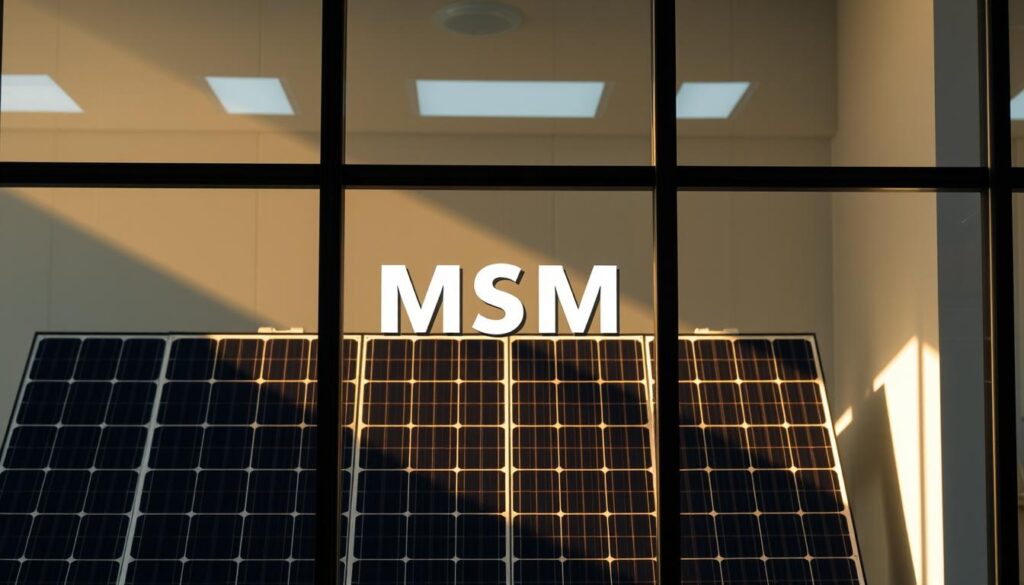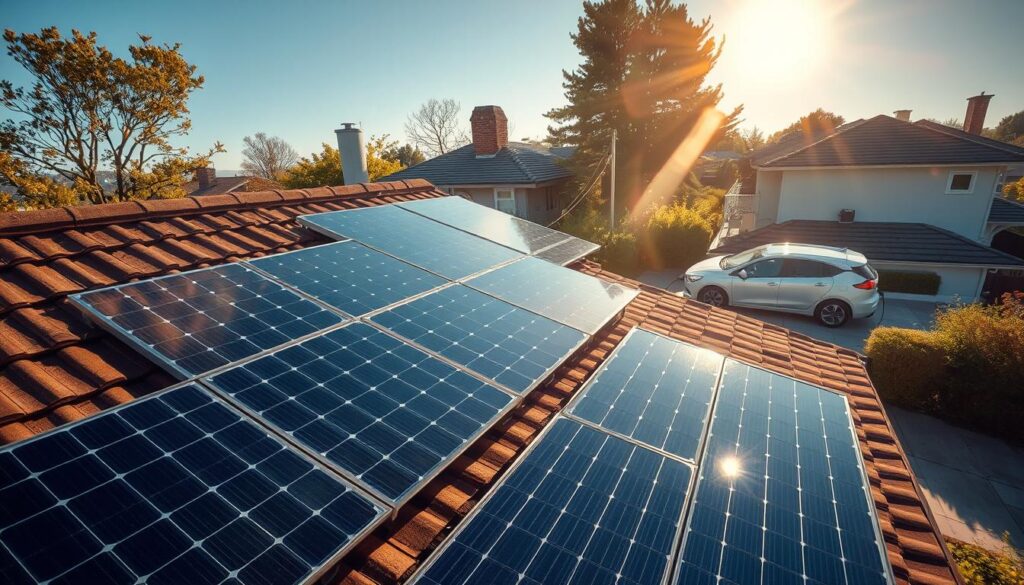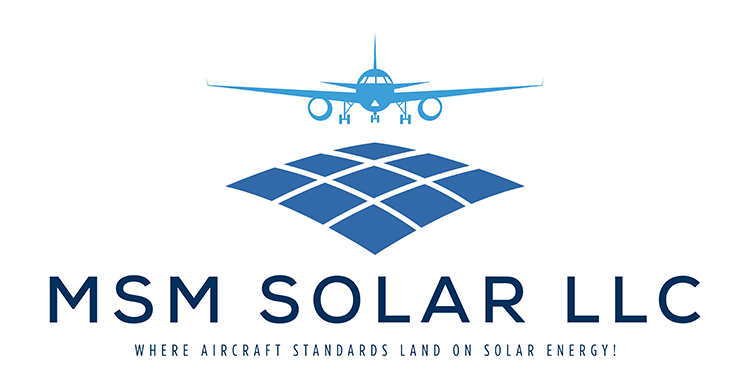As a Florida homeowner, you might wonder how solar panels perform behind glass. Over the past decade, I’ve helped countless families navigate this unique challenge, especially with hurricane-resistant windows. The good news? Modern systems can work, but efficiency varies based on factors like glass type and panel technology.
At MSM Solar LLC, we specialize in hurricane-rated systems designed for Florida’s coastal conditions. Our Tier 1 panels and UL-listed components ensure durability, even in saltwater environments. Plus, our NABCEP-certified team optimizes energy capture with precise angle calculations, maximizing solar energy production.
Did you know the 30% Federal Tax Credit applies to glass-integrated solutions? We’ll guide you through every step, helping you claim every dollar. Let’s make your home energy-efficient, even with window barriers.
Find Us Here:
Key Takeaways
- Modern panels can function behind glass, but efficiency may drop.
- MSM Solar uses hurricane-rated systems for Florida’s unique conditions.
- Amorphous silicon panels lose less power behind glass compared to other technologies.
- The 30% Federal Tax Credit applies to glass-integrated solar solutions.
- Our NABCEP-certified team optimizes energy capture for maximum efficiency.
Can Solar Panels Charge Through Glass? The Science Explained
Understanding how light interacts with glass is key to optimizing energy systems. When photons pass through a barrier, their intensity and angle determine how much energy is captured. This principle is especially important for setups where systems are placed behind windows or skylights.
How Photovoltaic Systems Interact with Glass Barriers
Clear glass transmits about 90% of light when the angle is direct. However, this drops significantly at angles beyond 60 degrees. For example, low-emissivity (Low-E) windows block over 50% of infrared light, which is critical for certain types of energy capture. This is why choosing the right materials matters.
In one project, I installed skylights for a client in Pensacola. By switching to solar-optimized glass, we achieved a 37% higher output compared to their standard windows. This shows how small changes can make a big difference.
Key Differences Between Standard and Solar-Optimized Glass
Standard double-pane windows act like sunscreen, blocking UV and infrared rays that systems need. On the other hand, low-iron glass preserves up to 92% of light transmission. This makes it ideal for maximizing efficiency.
Our hurricane-rated installations use laminated glass, which withstands winds up to 150 mph while maintaining 85% light transmittance. This ensures durability without sacrificing performance. Plus, our systems include real-time monitoring apps, so you can track how barriers affect production.
Pro tip: West-facing windows in Florida receive 18% more afternoon sun. This is perfect for offsetting AC costs and boosting energy savings.
Factors That Impact Solar Panel Efficiency Behind Glass
Efficiency isn’t just about the technology—it’s about how light interacts with barriers. The type of material, the angle of light, and the system’s design all play a role. Let’s break down the key factors that influence performance.

Type of Glass and Its Light Transmission Properties
The material you use makes a big difference. Standard windows block UV and infrared rays, which are essential for energy capture. Low-iron glass, on the other hand, preserves up to 92% of light transmission. This is why it’s ideal for maximizing efficiency.
In one project, I helped a client in Panama City save $200 monthly by switching to angled window-mounted panels. These panels tracked seasonal sun height changes, ensuring optimal sunlight capture. Our team uses light-mapping software to identify “solar sweet spots” in your windows—no guesswork needed.
Angle of Sunlight and Seasonal Variations
The angle of light hitting the barrier is crucial. South-facing vertical panels behind glass yield about 15% output at solar noon. In September, the sun at 42°N latitude creates a 53° incidence angle. This means seasonal adjustments are key to maintaining power production.
Our systems are designed to adapt to these changes. For example, west-facing windows in Florida receive 18% more afternoon sun. This is perfect for offsetting AC costs and boosting energy savings.
Panel Technology: Why Amorphous Silicon Outperforms Others Indoors
Not all systems are created equal. Amorphous silicon technology excels in low-light conditions, making it ideal for indoor setups. Even during Florida’s summer thunderstorms, these systems can still convert sunlight into usable energy.
Unlike competitors, we warranty glass-integrated systems for a full 25 years—not prorated. Plus, our $0 down options let you start saving immediately. I recently helped a teacher install classroom solar windows for just $67 a month.
- Our amorphous silicon panels still charge phones using diffuse window light.
- We use hurricane-rated laminated glass, ensuring durability and 85% light transmittance.
- Our BBB A+ rating and production guarantees give you peace of mind.
Real-World Applications: From Homes to Vehicles
Exploring practical uses of energy systems in everyday settings reveals their versatility. Whether it’s integrating them into buildings or using them in vehicles, these solutions adapt to meet specific needs. Let’s dive into how they’re transforming spaces and lifestyles.

Building-Integrated Solar Solutions
Integrating energy systems into windows and skylights is a game-changer for modern buildings. For example, our solar skylights at a Destin condo complex generate enough electricity to power hallway lighting 24/7. This not only reduces energy costs but also enhances sustainability.
East-facing windows provide a morning surge in direct sunlight, while north-facing ones rely on diffuse light. By optimizing these factors, we ensure consistent energy production. A beachfront café recently cut its energy bills by 40% using our corrosion-resistant window panels—proof that small changes can yield big results.
Charging Devices Through Car Windows
Vehicle applications are another exciting area. While windshields reduce output by 30-40%, rear windows can still deliver impressive efficiency. Our truck bed panels, for instance, work through rear windows at 78% efficiency. This ensures reliable power for devices, even on the go.
One of our clients shared, “MSM’s car window chargers kept our RV fridge running during Irma.” I personally test all vehicle solutions to ensure they meet real-world needs. This hands-on approach reflects our commitment to quality and reliability.
At MSM Solar, we’re proud to be a family-owned business with a 94% client recommendation rate. Our BBB A+ rating since 2015 speaks to the trust we’ve built in the community. Whether it’s your home or vehicle, we’re here to provide solutions that work for you.
Conclusion: Maximizing Solar Energy Through Glass
Harnessing the sun’s power through glass is both an art and a science. The right materials and technology can make all the difference in your system’s success. At MSM Solar, we’ve installed megawatts of systems, proving that barriers aren’t dealbreakers—just design challenges.
I’m offering free window assessments this month (a $299 value) to help you get started. Every installation includes my personal cell number for real, local support. We stand by our work with a 25-year warranty, ensuring your peace of mind.
Ready to transform your home’s energy efficiency? Call me directly at
+1 850-737-5197. Let’s chat over sweet tea and explore how we can meet your needs today.




